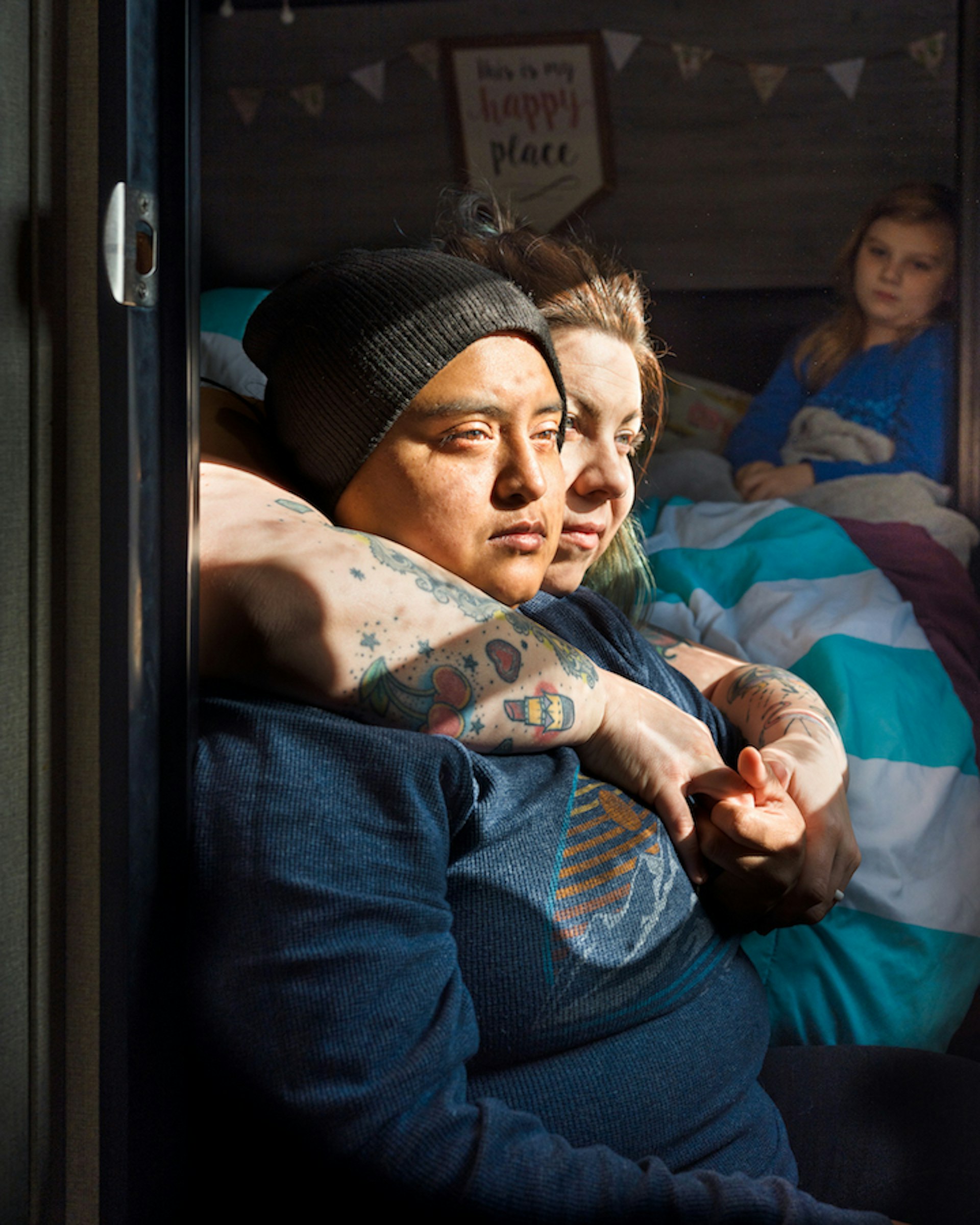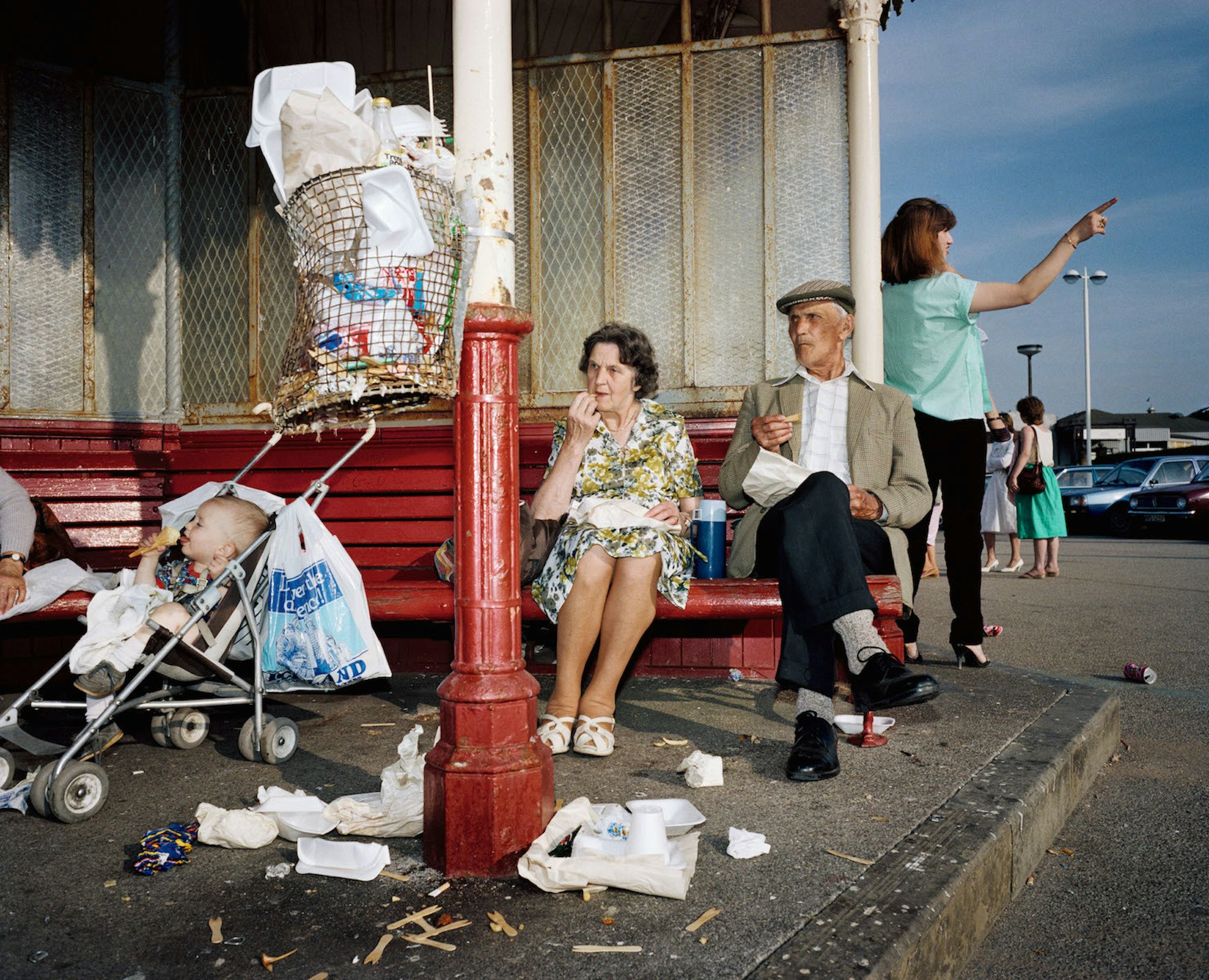
Celebrating British documentary photography since 1945
- Text by Miss Rosen
- Photography by Martin Parr (main image)
For photo critic Gerry Badger, photography has always been a way to tell a story, rather than to illustrate it. Lewis Baltz’s description of photography as “a narrow but deep area between the film and the novel” sums up Badger’s view of the medium, and inspired his latest book Another Country: British Documentary Photography Since 1945.
Bringing together over 250 works by more than 160 photographers including Tish Murtha, Sunil Gupta, David Hurn, Tony Ray-Jones, and Tom Wood, Badger skilfully challenges our assumptions about the way history is told.
“Photography is such a seductive, and dangerous art because it appears to replicate actuality, but is subjective, always about a point of view – literally and metaphorically,” he says. “That doesn’t mean that it is always untrue. Every photographer is trying to tell their truth and when they are photographing society and history, they try to be as objective as possible.”

Elaine Constantine, Mosh, 1997, The Artist
But Badger also understands that subjective judgments are implicit in the act of making these choices, both on the part of the photographers and the author himself. Moving away from the limiting perspective of ‘documentary’ photography as recorded evidence, Badger embraces both straight and arranged photographs as well as photo-text work. “For me, documentary is about attitude rather than form,” he says.
Arranged chronologically by decade, Another Country explores the role documentary photography has played in shaping British identity over the past 80 years. The book begins at the end of Word War II as the sun finally began to set on the British Empire. It traces the introduction of Jewish, Caribbean, Asian, African and working-class British photographers, who challenged prevailing cultural norms and offer new points of view.
By the late 1960s, American protest movements begin to radicalise a new generation of British youth, who came to understand that photography could be an agent for change. “They began to form their own collectives and cooperatives to practice and disseminate their ideas,” Badger says.
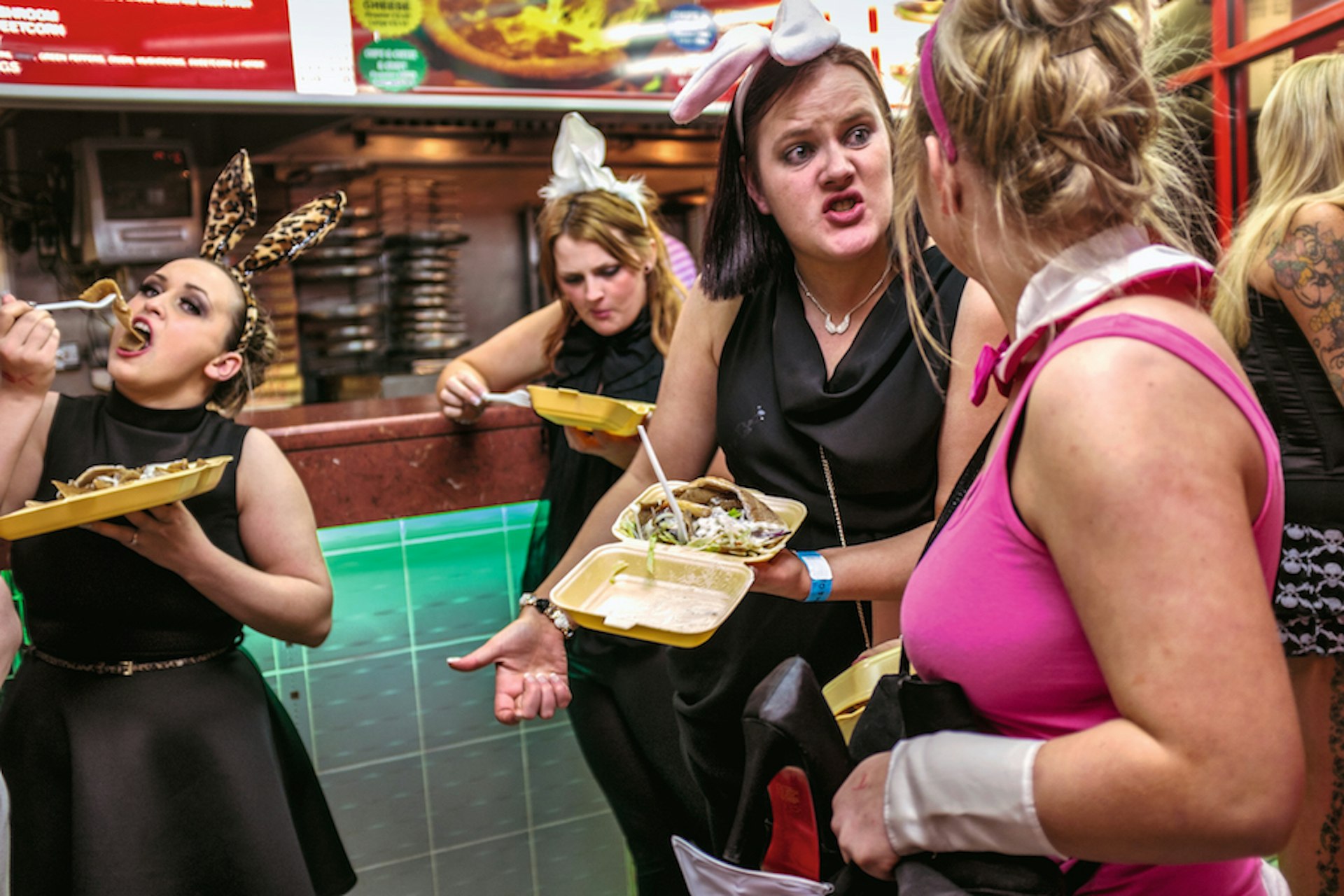
Dougie Wallace, Untitled, from Stags, Hens & Bunnies, 2014
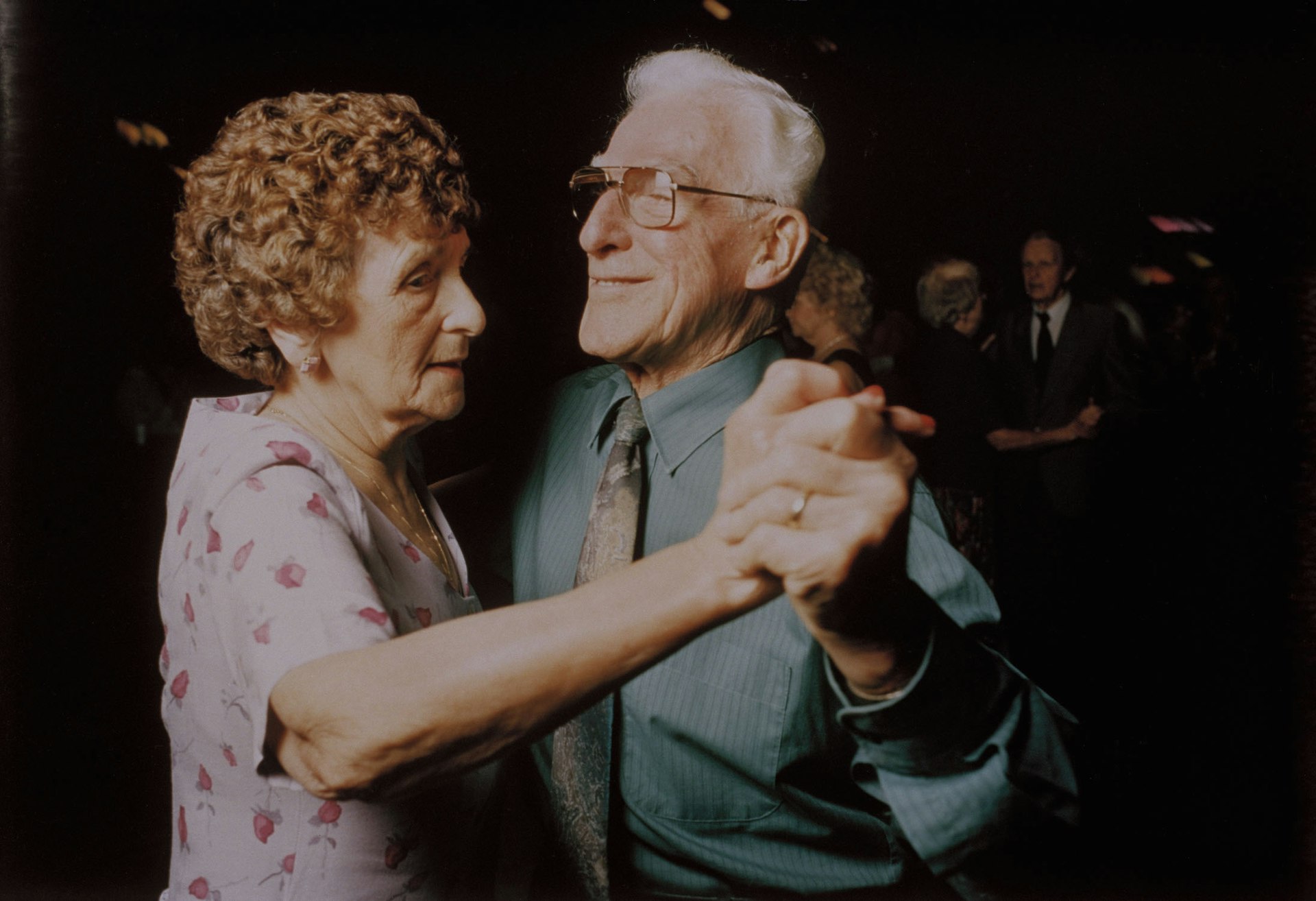
Elaine Constantine, Tea Dance, 2001
During the 1970s, institutions like The Photographers’ Gallery, the Arts Council, and the Half Moon collective and gallery filled an important void. With the 1980s came the all-women’s photo agency Format and the Association of Black Photographers and their gallery, Autograph, dedicated to photographers of color.
Although the new millennium brought about a populist revolution through the internet and digital technology, Badger explains these advancements did not change “photography’s fundamental mission to examine issues connected with history, such as politics, memory, culture, and identity but rather completely alter and make its dissemination much easier”.
With photography becoming accessible and affordable, a camera is literally within everyone’s grasp, transforming the way pictures are both made and seen. “We can now say that there is a world photographic culture,” Badger observes.
“This culture largely demonstrates that people worldwide are essentially the same, with the same basic hopes, aspirations, and fears. It might be hoped that this helps to bring people together, and that photography might be a force for both a more tolerant Britain and also a more tolerant world.”
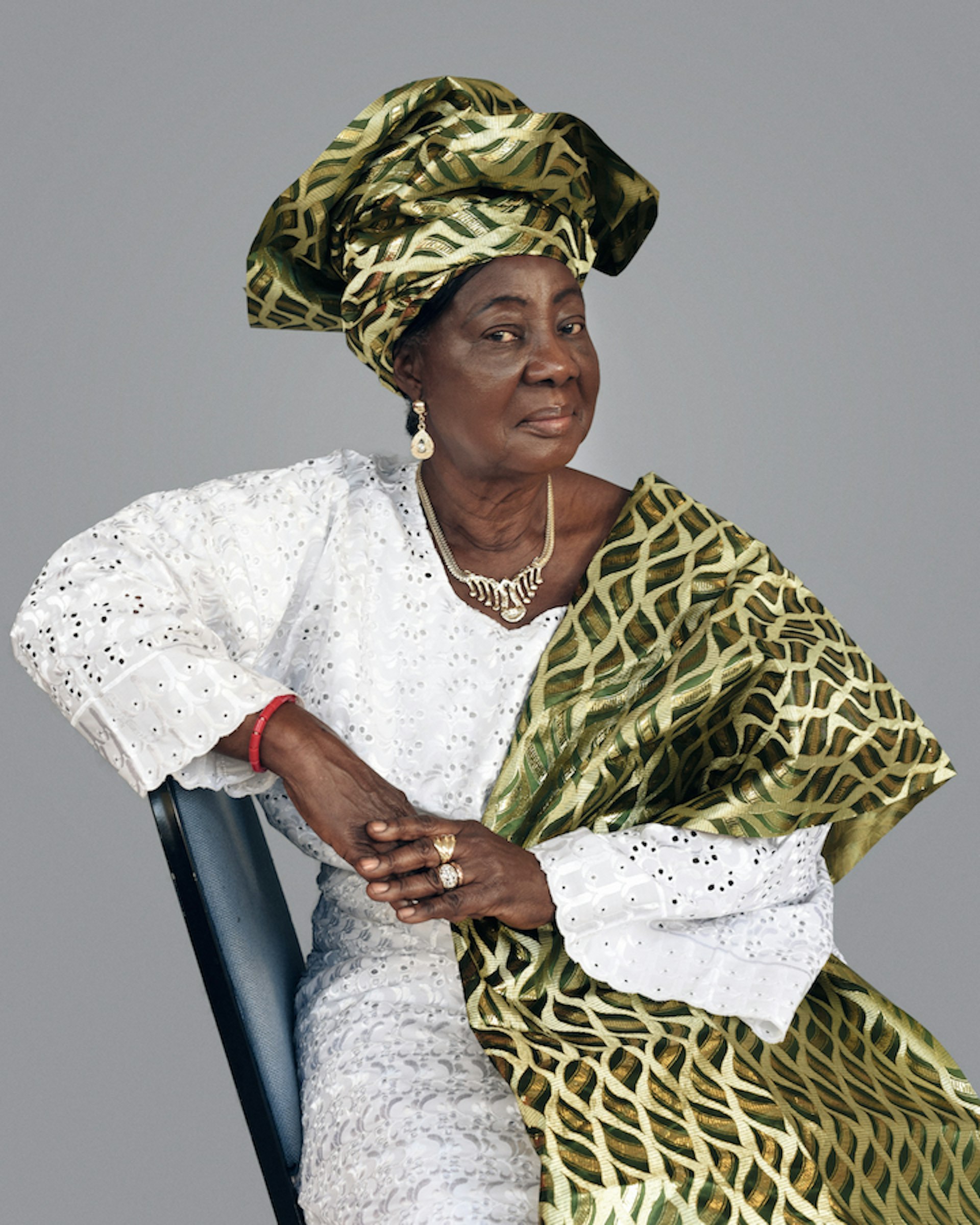
Alice Mann, Victoria Olanrewaju, from (Always) Wear Your Best on a Sunday, 2014–16
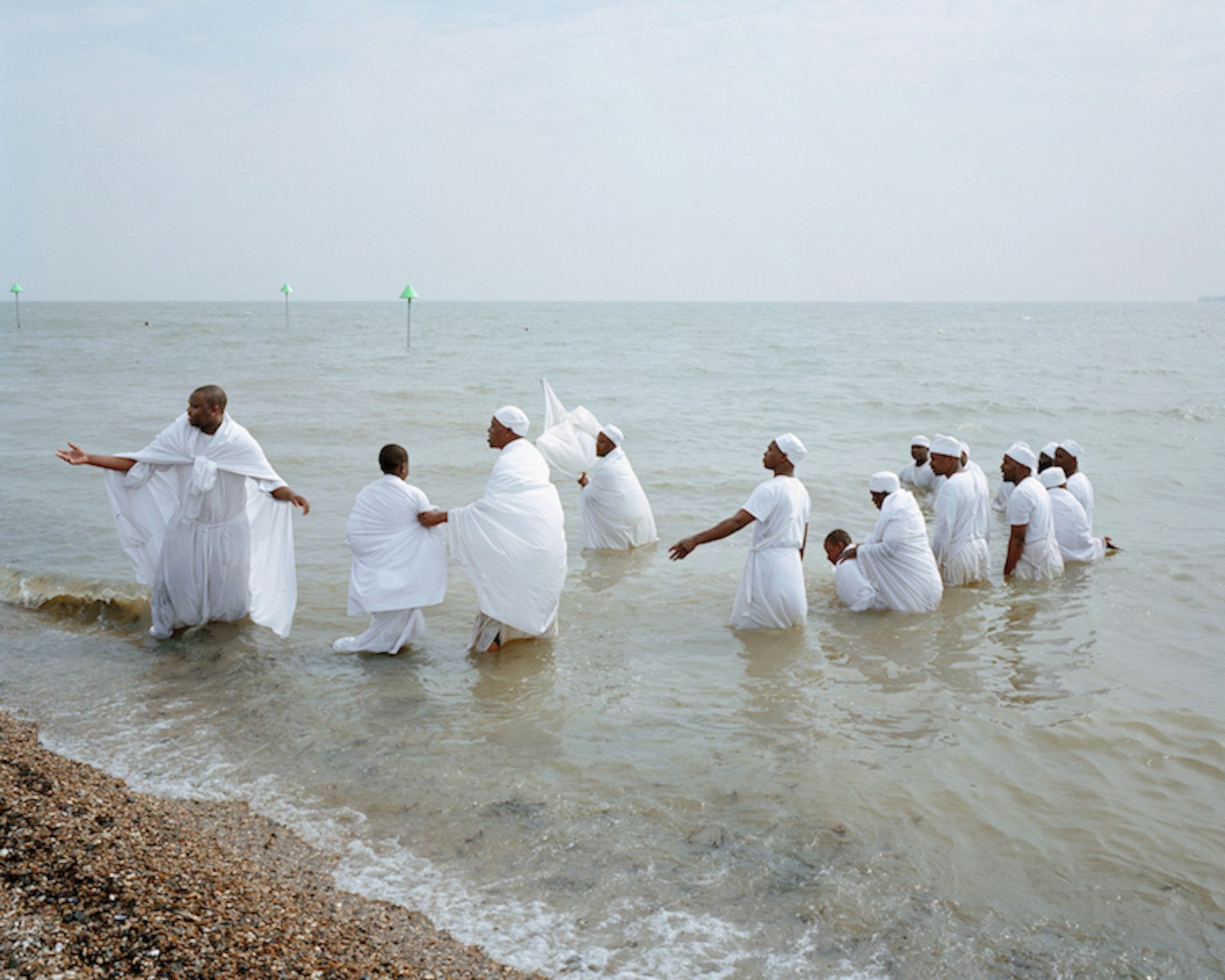
Chloe Dewe Mathews Southend, 3.30pm, from Thames Log, 2013-18
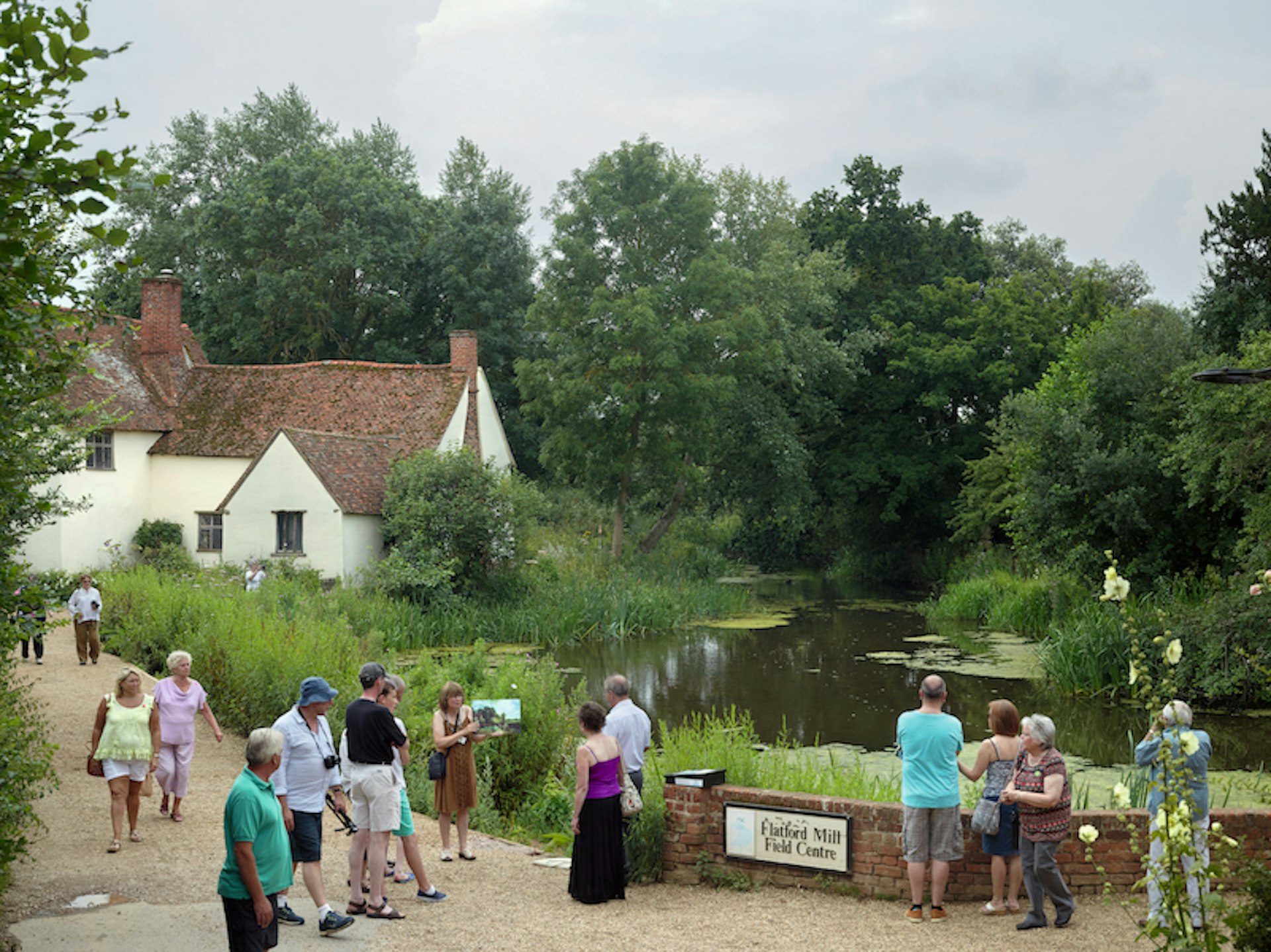
Willy Lott’s House at Flatford, East Bergholt, Suffolk, 20 July 2014
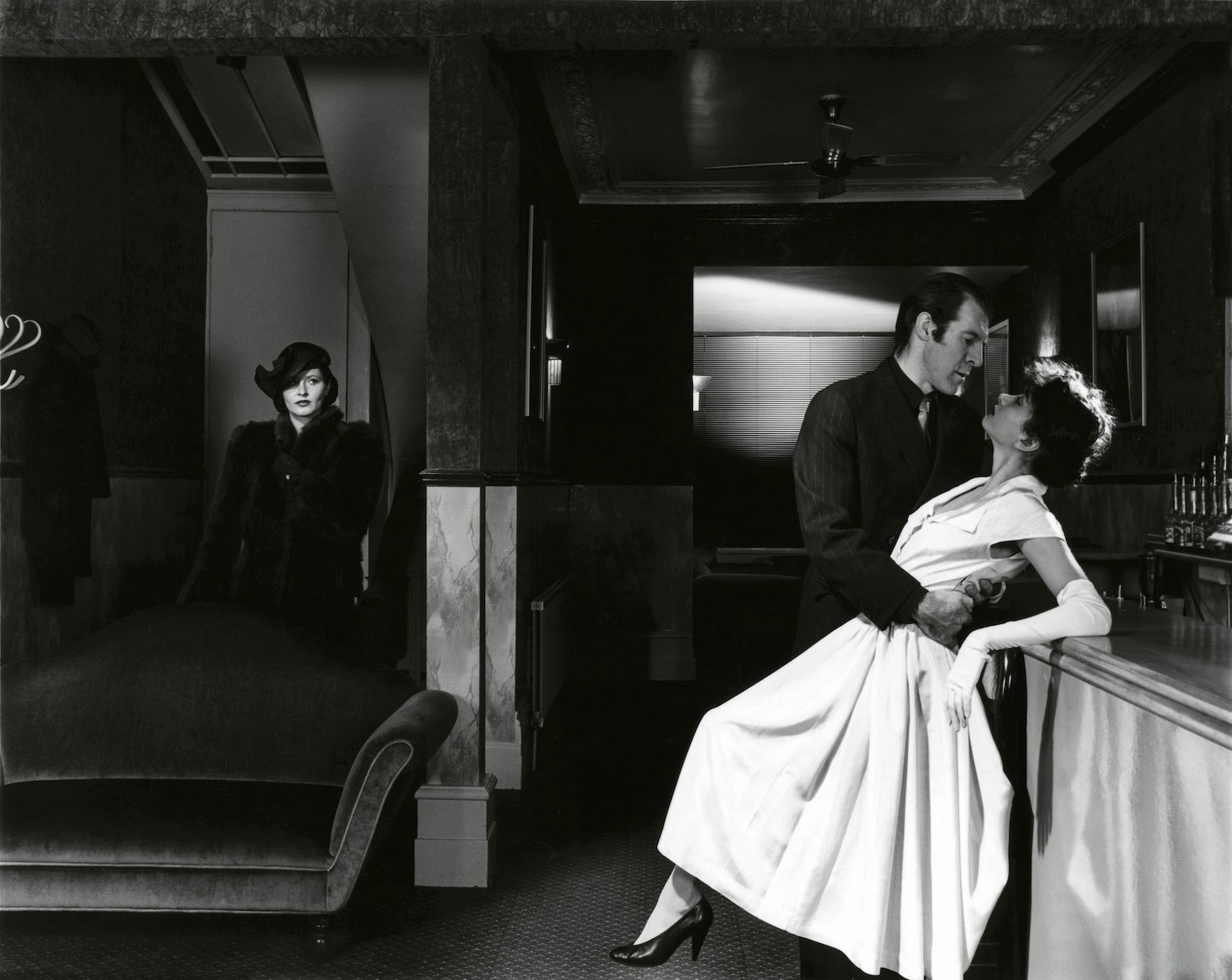
Mitra Tabrizian, Correct Distance, 1985-86
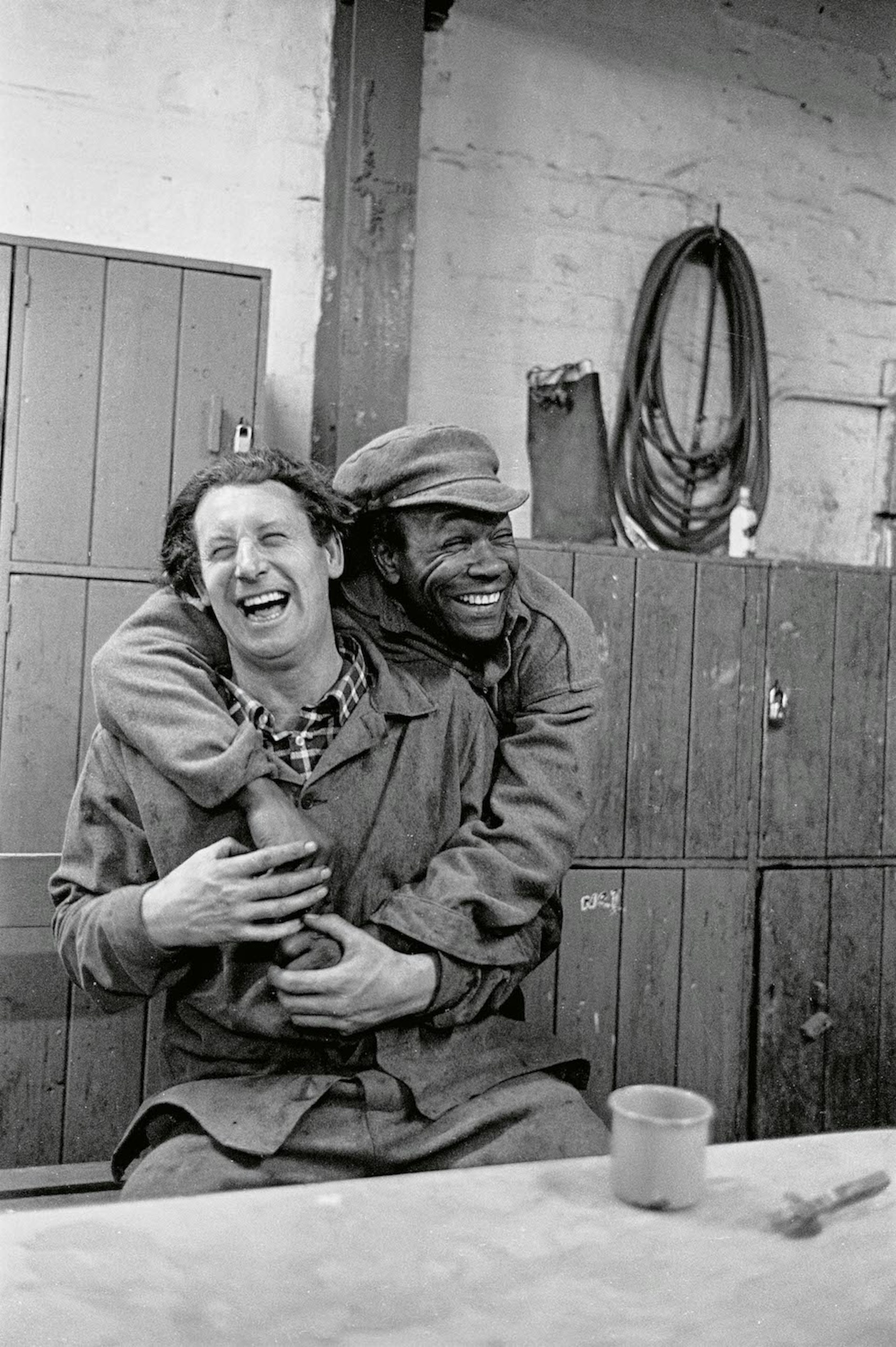
Nick Hedges, Lunchbreak cabin joke, Steel furnaces, British Steel Bilston, 1977.
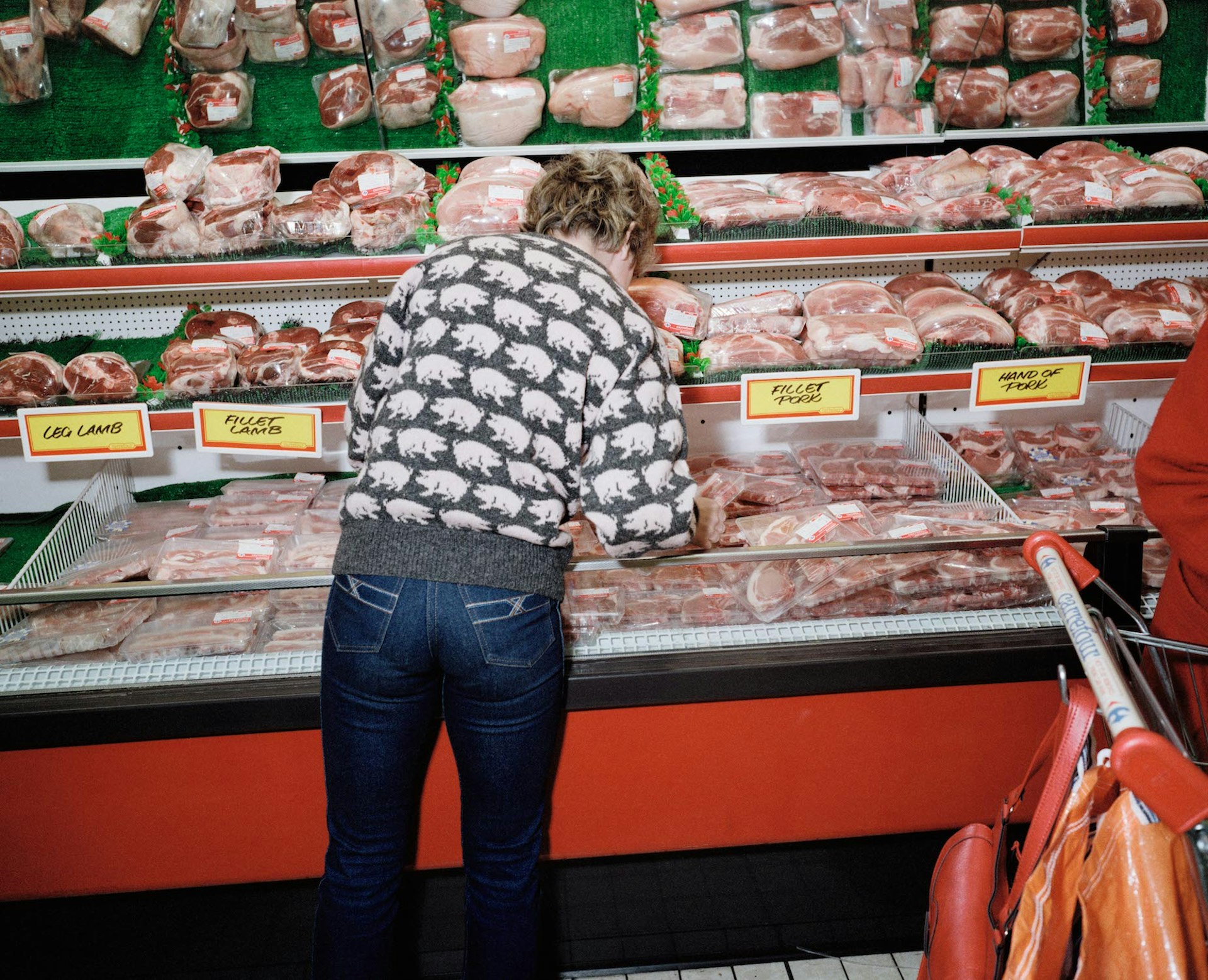
Paul Reas, Hand of Pork, from I Can Help, 1988
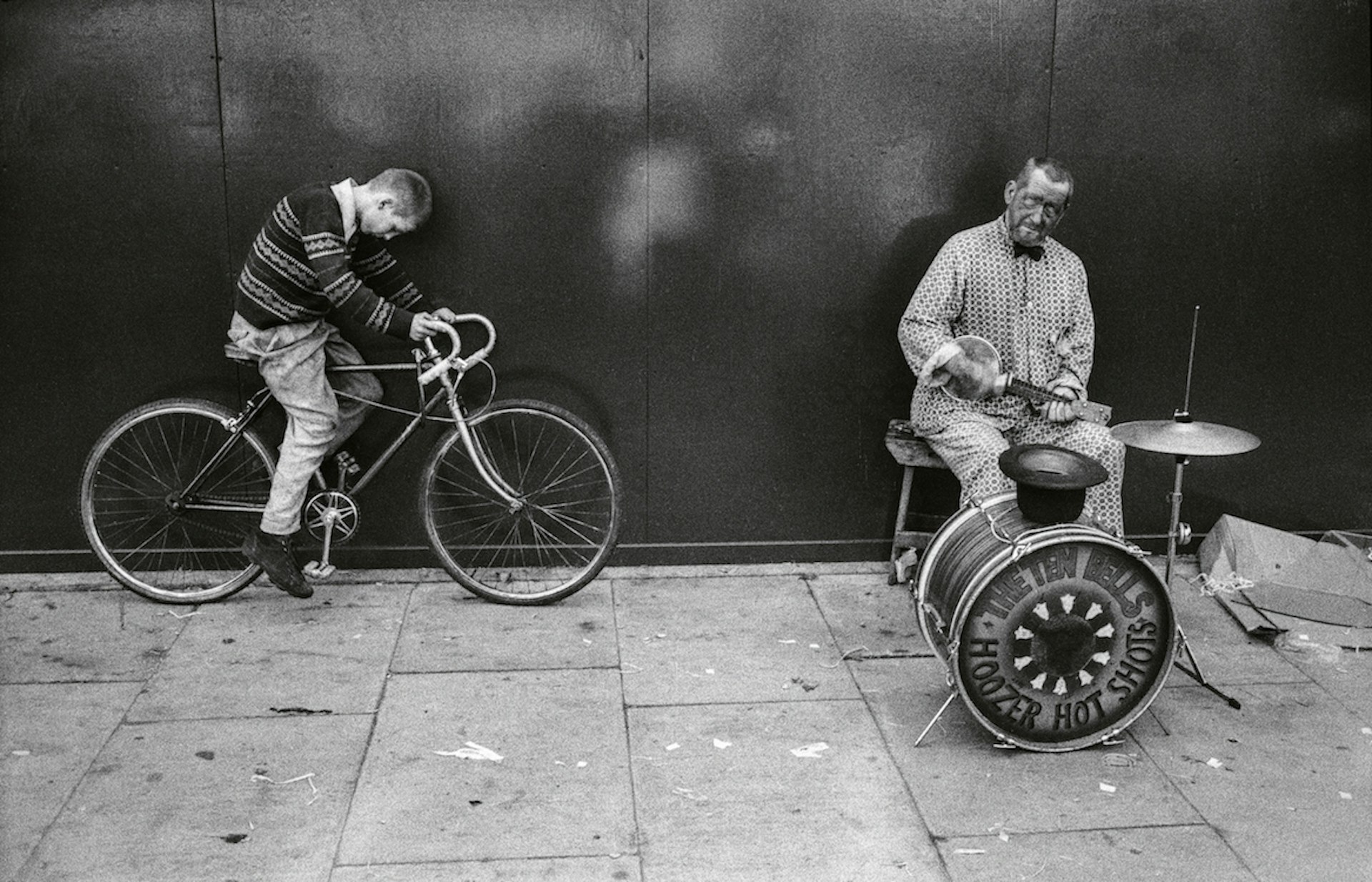
Ron McCormick, Street Musician, ‘Banjo – Jimmy Cross’, Spitalfields, London, 1972
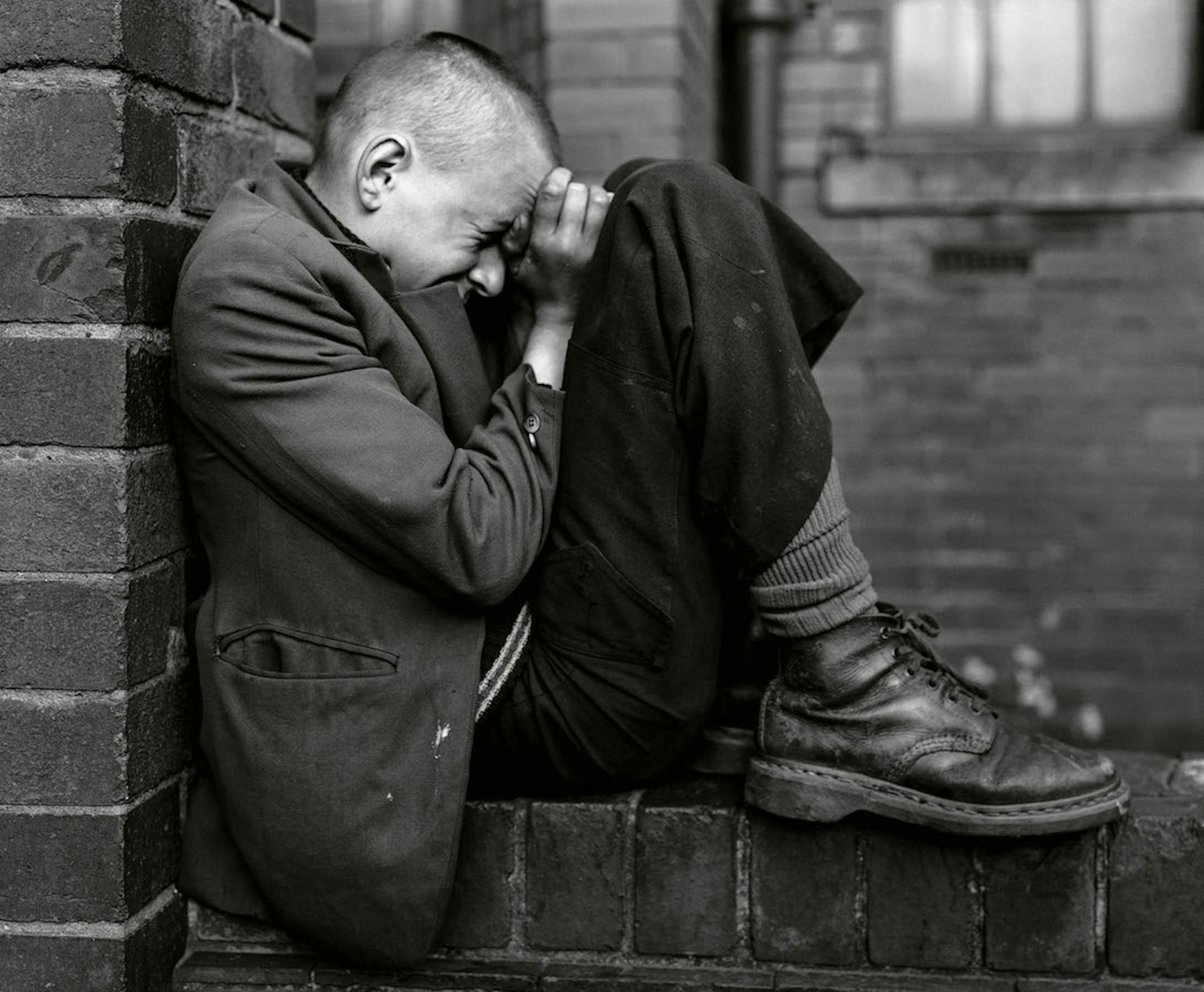
Chris Killip, Youth on a Wall, Jarrow, Tyneside, 1976
Another Country: British Documentary Photography Since 1945 is out now on Thames and Hudson.
Enjoyed this article? Like Huck on Facebook or follow us on Twitter and Instagram.
